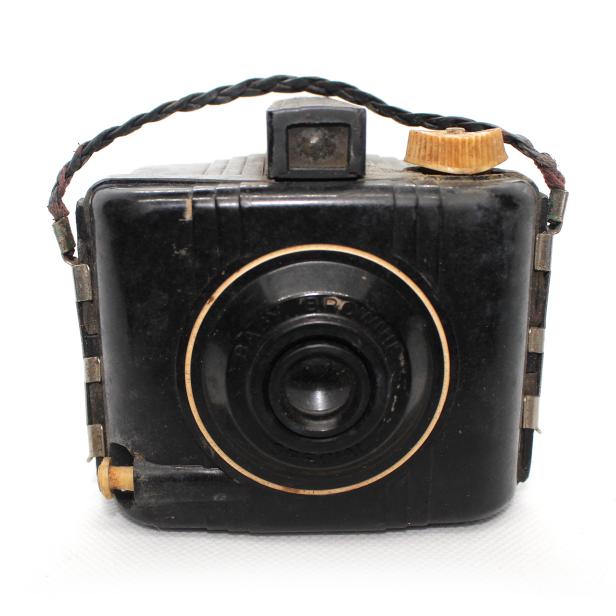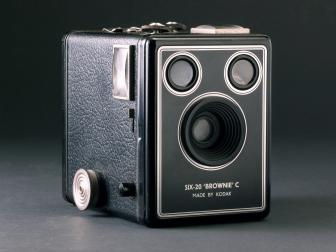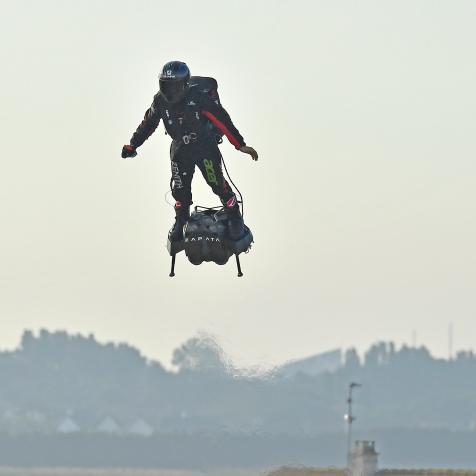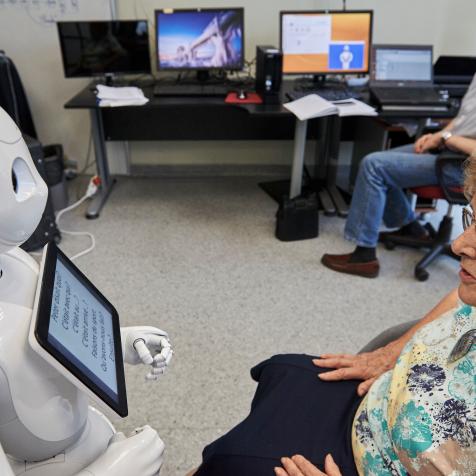
Anna M. Crowder
Then & Now – Celebrating the Life of Kodak, the First Film Camera
September 4 marked the 131st anniversary of the yellow box camera with rolled film patent. Learn more about the camera that revolutionized photography.
“You press the button. We do the rest.”
With this slogan, the original Kodak camera placed the power of photography in the hands of everyday people. In the Summer of 1888, inventor George Eastman received a patent for the camera’s shutter and a trademark for the Kodak. The yellow box camera became an instant success, with manufacturers producing over 900 feet of film each day.
Celebrating the Life of Kodak 8 Photos
Before the camera phone was a thing, there was the Kodak camera. Here's to the camera that revolutionized photography.
Before the Kodak, photography required wet-plate processing using chemicals and glass to print a negative image on albumen paper. Eastman replaced this with a precoated dry-plate and a roll of paper film. The original film camera was equipped with a rotating barrel shutter on top and a button on its side. After taking a photo, the key on top of the camera was used to wind the film onto the next frame. The Kodak did not have a viewfinder, but two V lines on top of the camera leather aided with aiming the camera at the desired subject.
This $23 film camera took up to 100 circular photos. Once the film ran out, it could be returned to the Kodak factory for printing at a cost of $10. The camera would then be returned with developed photos and a new roll of film. Kodak soon began selling film rolls, advertising that the photographer can now “finish his own photos.” This meant that any amateur could take their film into a dark room and print the images with developer chemical.
Later versions of the Kodak were released with modifications that bring us closer to modern-day cameras. The Brownie camera launched in 1900 took square images on 2 ¼ film. By 1969, Kodak produced double-perforated film that captured either 160 color or 200 black and white images.
Kodak ended film camera production in 2009, as smartphones and digital cameras axed analog photography’s market by 80 percent. But the yellow box camera will be remembered for paving the way for today’s easy, personal digital photography.



















